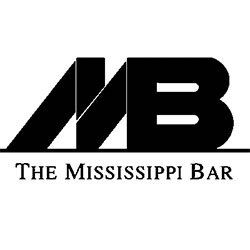PRACTICE AREAS
SUBSCRIBE TO OUR BLOG
SUBSCRIBE TO OUR BLOG
ASSOCIATIONS
Madison County Bar Association
The parol evidence rule – what is it exactly?

Contracts and the Parol Evidence Rule
The term “parol evidence” refers to evidence that a party attempts to use to supplement or contradict the terms of a written contract. It can refer to oral testimony or additional documents.
Although the term “evidence” is used, the rule is not an evidentiary rule. Instead, it is a rule of substantive law.
This article will address situations in which parol evidence is admissible and other situations in which the court must exclude it.
Parol evidence may not vary a complete and unambiguous contract.
It is a well-established rule of law that when the parties have entered into a complete and unambiguous contract, the courts will enforce the contract as written.
As a result, parol evidence (also referred to as extrinsic evidence) cannot be introduced by a party to change the terms of that contract.
For example, if two parties enter into a contract for the sale of gravel at $50 a ton, the seller cannot offer evidence that the parties had a verbal agreement that it would really be $60 a ton.
Parol evidence can be offered to complete or explain a contract.
Returning to the hypothetical regarding the sale of gravel, suppose there are several different grades of gravel on the market where the parties live. But, the contract merely refers to “gravel”.
In that instance, parol evidence should be admissible to prove which grade of gravel the parties were discussing.
Similarly, extrinsic evidence is admissible to explain an ambiguous term.
For example, if the parties entered into a contract whereby Party A was to provide “services” to Party B, if the term “services” is not defined in the contract, the court can accept parol evidence to determine what the services really were.
It is also admissible to prove fraud in the formation of the contract.
In this scenario, assume Party A enters into a contract to sell land to Party B for $50,000. In addition, Party A says that Party B will also have access to Party A’s lake on an adjoining tract. The contract and deed, however, make no reference to the lake, and Party A later refuses access.
In that situation, Party B could offer evidence of Party A’s misrepresentation in order to set aside the contract for the sale of land.
A few pointers
The foregoing is a general overview of the parol evidence rule, but it reveals the importance of using precise language in drafting contracts. A few pointers I have found useful are these:
- If you define a term in a contract, use that exact term throughout without variation. Do not switch between Buyer, purchaser, Smith, etc.
- The shorter the contract, the less likely you are to create an ambiguity between different provisions.
- Watch out for “other good and valuable consideration.” This phrase often appears in deeds, such “for $10.00 and other good valuable consideration.” But, it sometimes finds its way into releases and other contracts. I had a case once in which my client signed a general and absolute release for a substantial sum of money and “other good and valuable consideration.”I was able to prove that my client also had a verbal side agreement for more money by using parol evidence to prove what that “other consideration” was.
Panter Law Firm, PLLC, 7736 Old Canton Road, Suite B, Madison, MS 39110
601-607-3156
The post The parol evidence rule – what is it exactly? appeared first on Panter Law Firm, PLLC.








